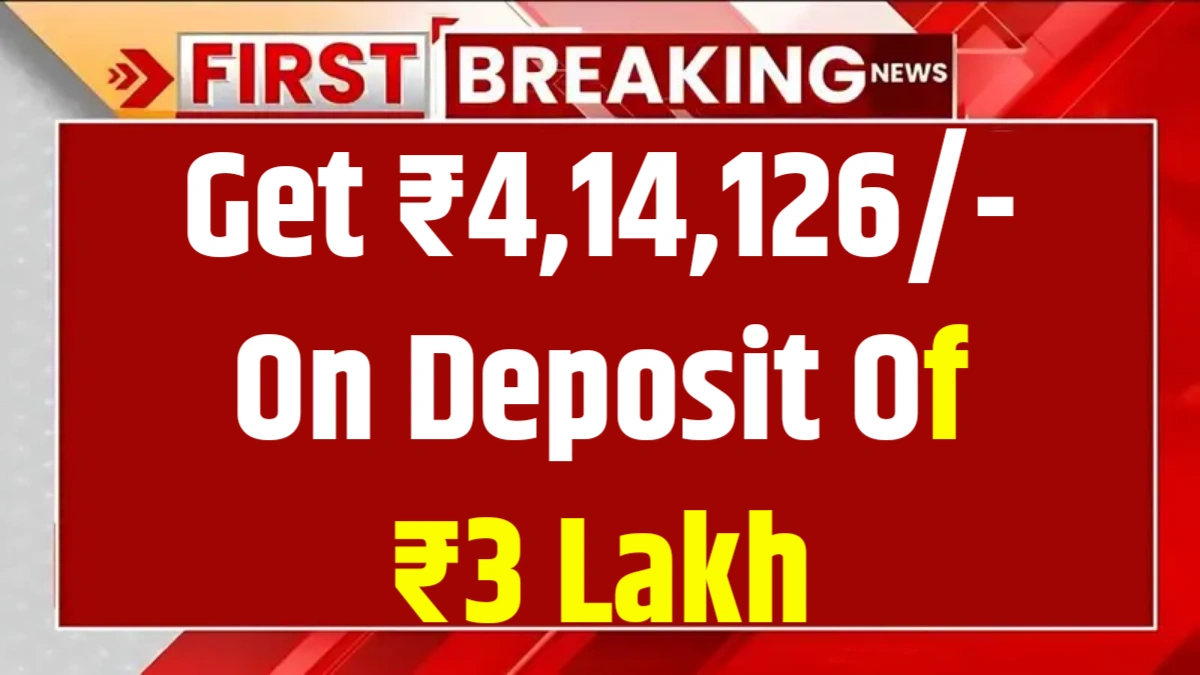A massive new law in the US—what former President Donald Trump proudly calls his “One Big Beautiful Bill”—has just been passed by Congress. It runs over 900 pages long and covers everything from military spending to migration crackdowns.
But what does it actually mean for Indians, whether you’re living in the US, sending money home, or hoping to study or work abroad?
Sending Money to India? Here’s What Changes
One of the biggest concerns among NRIs is the cost of remittances—the money they send back home to support families or invest in property.
- The bill originally proposed a 5% tax on these international money transfers.
- Fortunately, the final version slashed this to just 1%.
While US bank and card-based transfers remain exempt, this new charge will still affect high-value or frequent transfers.
“NRIs who make high-value or recurrent transfers may need to reconsider their financial plans,”
– Ram Naik, Director, The Guardians Real Estate Advisory
Effective from: January 1, 2026
This means Indians working or settled in the US should plan well ahead if they send money home regularly.
Income from Property in India? No Change (Yet)
If you’re living in the US and earn rental income from property in India, you might be relieved to know: this part of the tax law hasn’t changed.
“Such income will continue to be taxed under current law,”
– Sandeep Bhalla, Partner, Dhruva Advisors
What this means:
- You’ll still need to pay tax in India.
- But you can claim credit in the US, so you don’t pay double tax.
This is especially important for Indians with green cards or US citizenship who still hold property back home.
Tighter Borders & Deportation Plans
Trump’s new bill is also a major push for immigration crackdowns.
It includes:
- Massive new funds for border control and deportation
- A clear target to implement what Trump calls the “largest mass deportation operation” in US history
And Indians are not immune.
The US has already flagged about 18,000 Indian nationals who entered illegally. The Indian government has agreed to help return these individuals and dismantle what it calls the “human trafficking ecosystem.”
What the numbers show:
- Indians make up just 2–3% of undocumented immigrants in the US
- But that still means anywhere between 2.2 lakh to 7 lakh people, depending on the estimate
Research from Johns Hopkins University found that while the percentage of illegal Indian immigrants peaked around 2015, it has since declined slightly—but not disappeared.
Legal Applications: Costs Are Going Up
If you’re planning to stay in the US legally—on a work visa, student visa, or as an asylum seeker—there’s more to consider.
Trump’s bill raises application fees significantly, including:
| Application Type | New Fee Amount |
|---|---|
| Asylum Application | $100 |
| Work Authorization | $550 |
| Temporary Protected Status | $500 |
| Humanitarian Parole | $1,000 |
| Border Entry Violation | $5,000 fine |
This move could hit students, low-wage workers, and refugee families the hardest.
So, What Should Indians Watch For?
This bill affects Indians in several ways—especially NRIs, students, and families relying on remittances. Here are a few immediate takeaways:
What’s changing:
- New 1% charge on outward remittances from the US
- No change to foreign rental income tax rules
- Heavier fees for legal immigration processes
- Increased crackdown on undocumented migrants
What to prepare for:
- Review your money transfer methods now—avoid last-minute shocks in 2026
- If you’re undocumented, understand the legal risks ahead
- Keep an eye on US-India diplomatic agreements on deportation and migration
Frequently Asked Questions
Q: Will small money transfers to India also be taxed?
No, US bank and card-based transfers remain exempt. The 1% fee mainly applies to large or repeated transfers.
Q: Can I still apply for asylum or legal stay as a student?
Yes, but expect higher fees and fewer waivers—even if you’re from a low-income background.
Q: I live in the US and own a flat in India. Will I pay tax twice?
Not if you file both returns properly—you can claim foreign tax credit in the US for tax paid in India.










